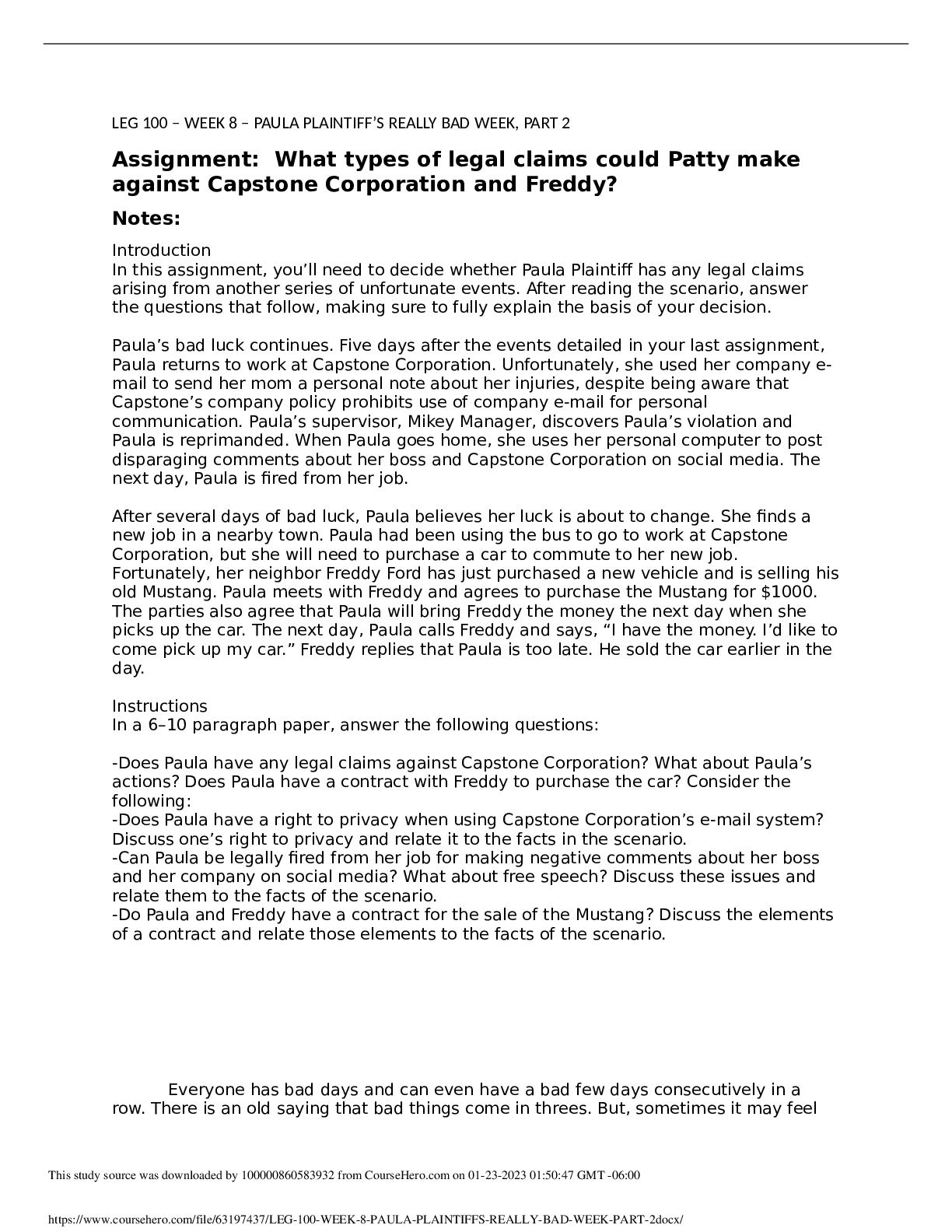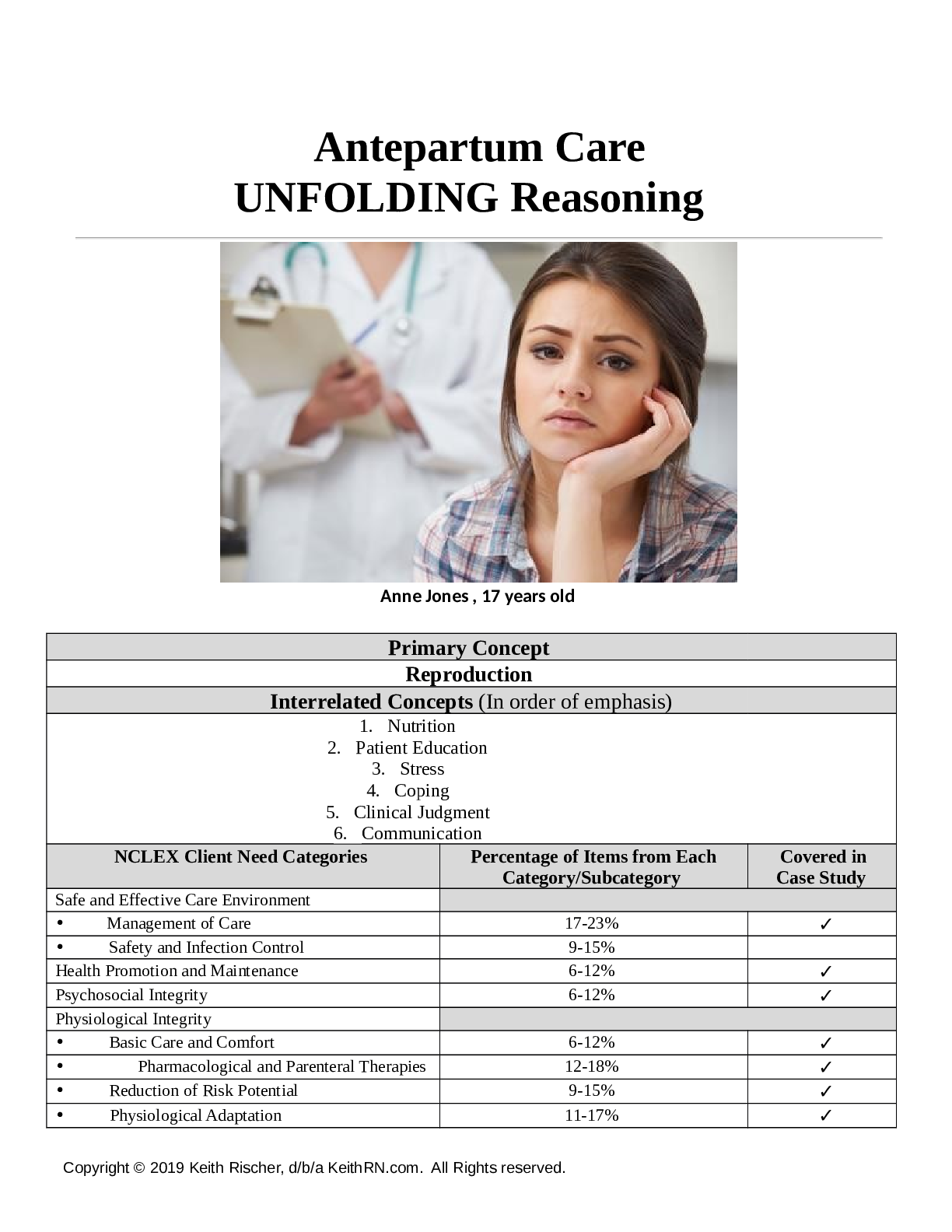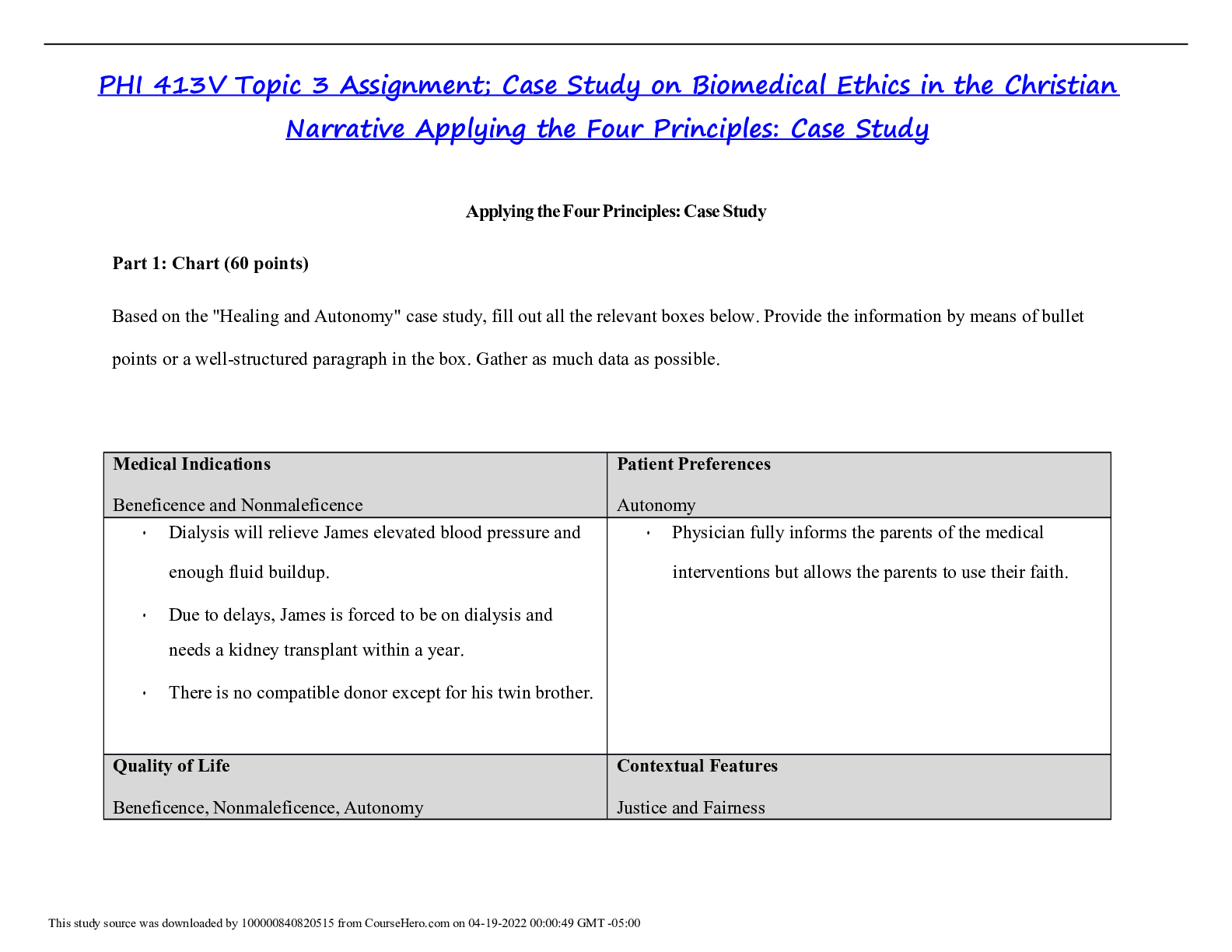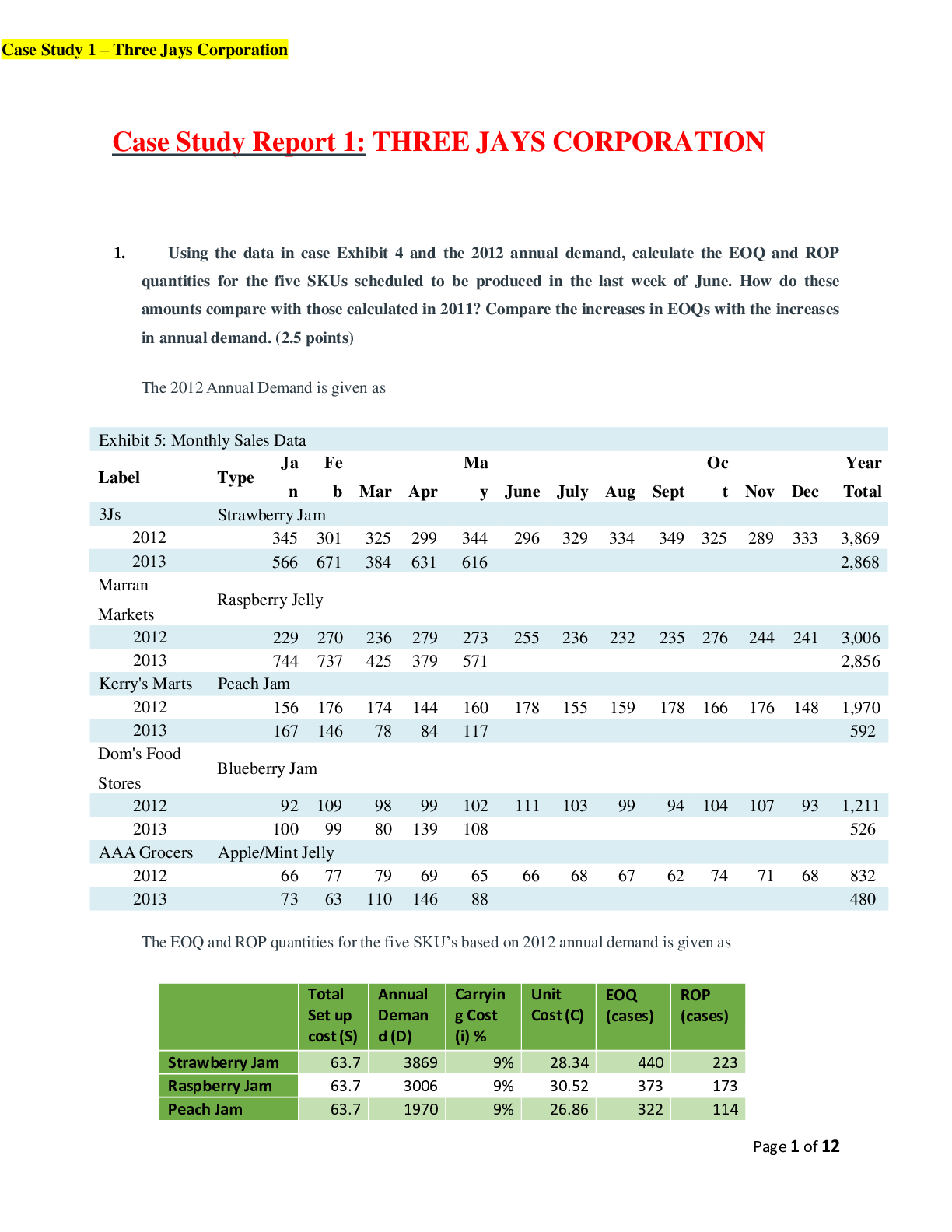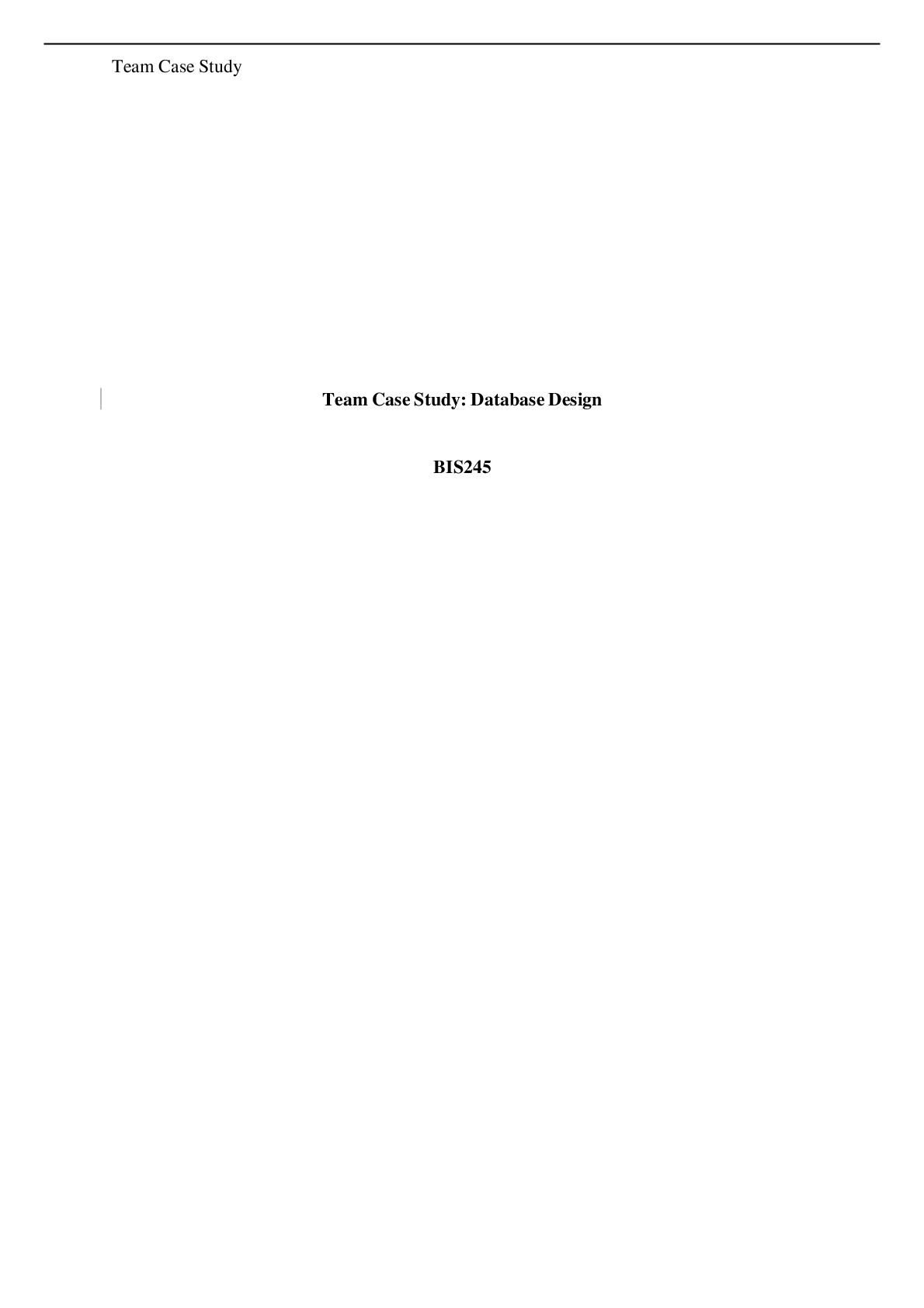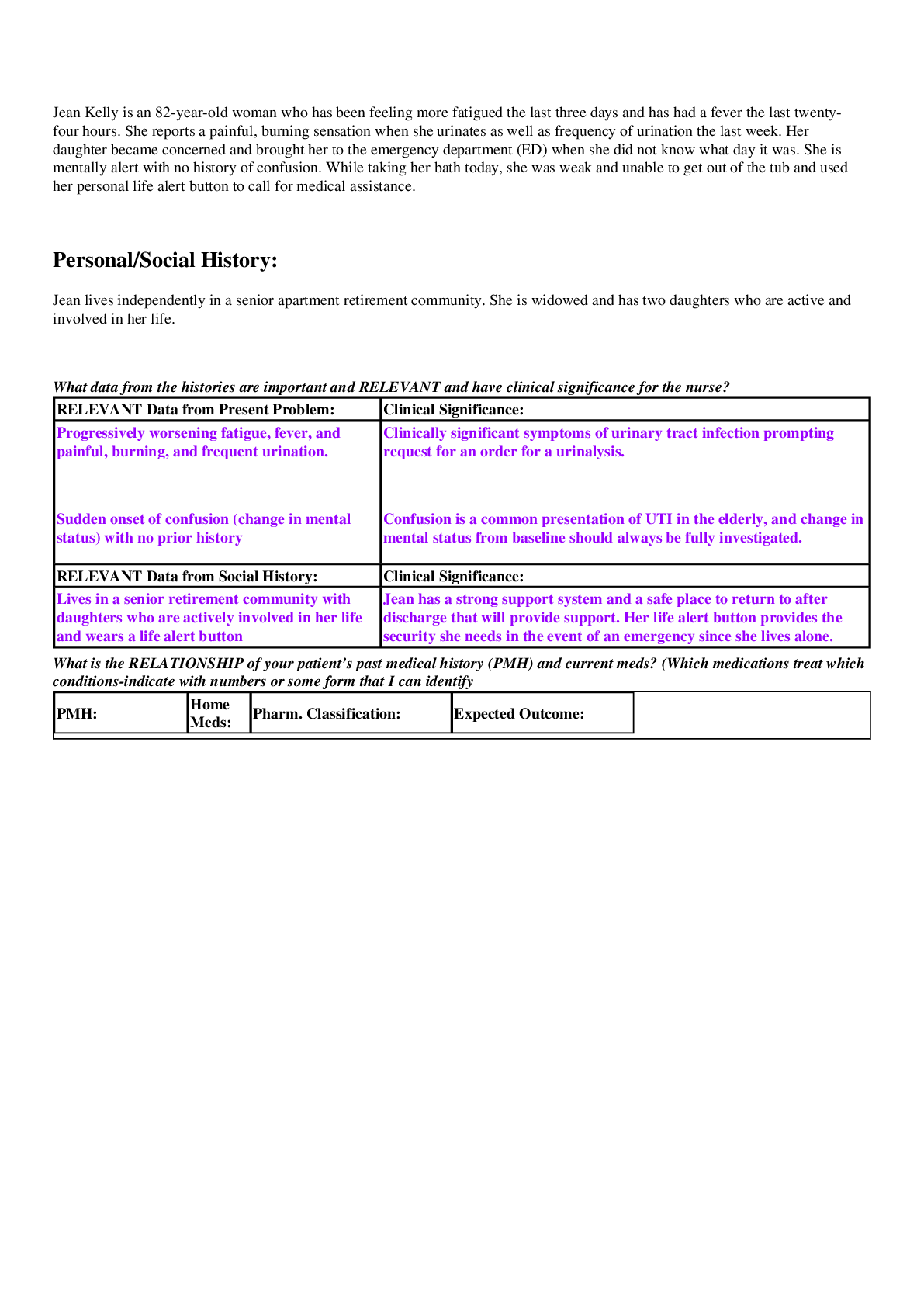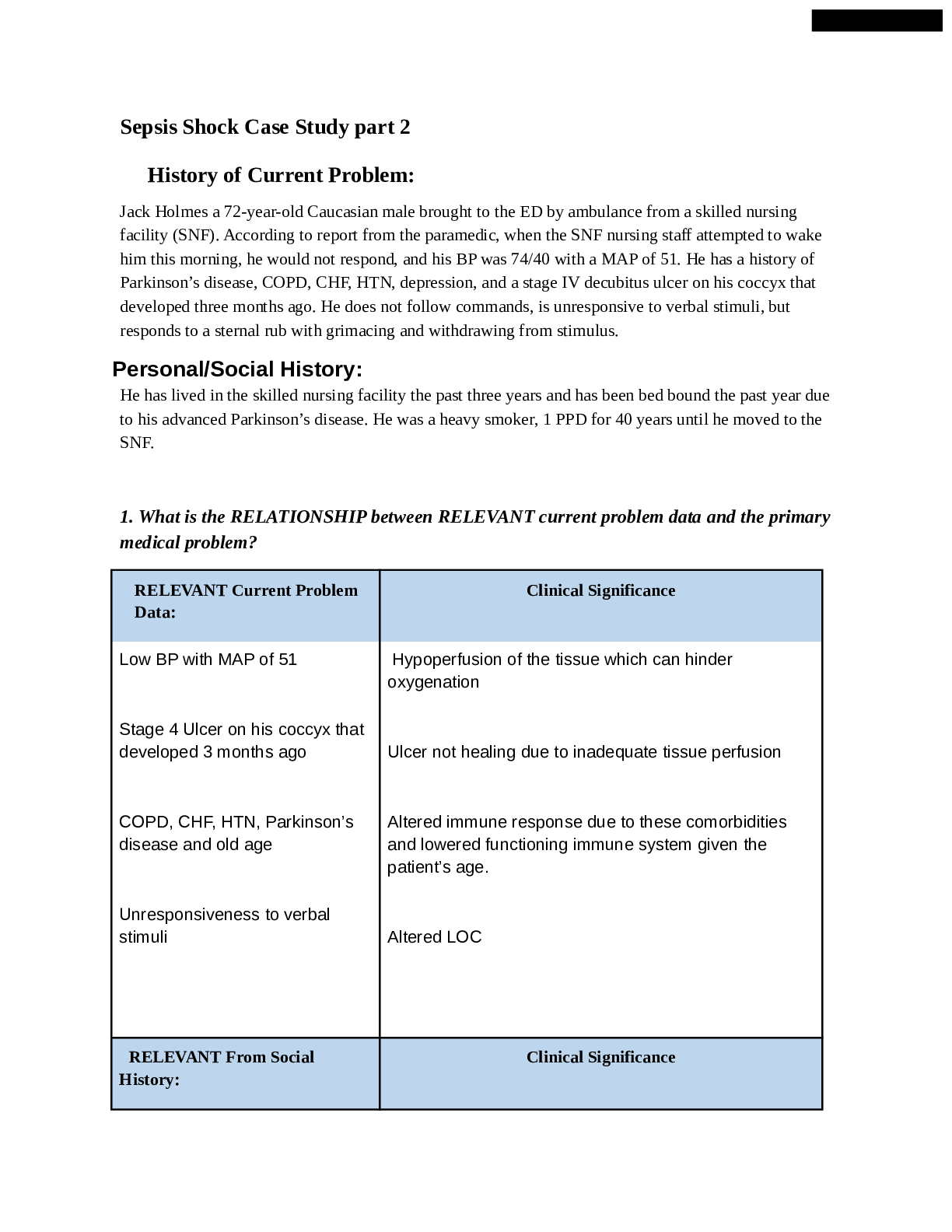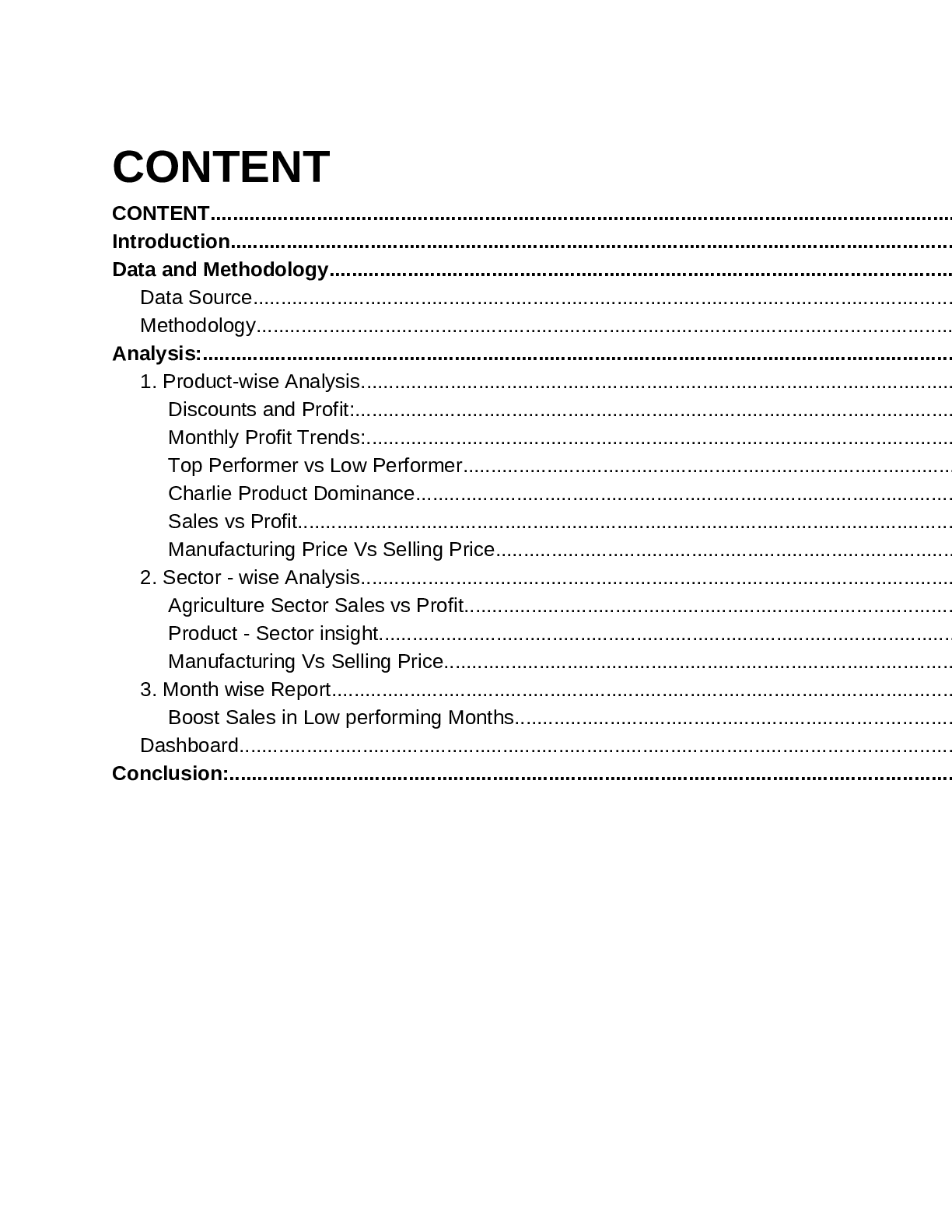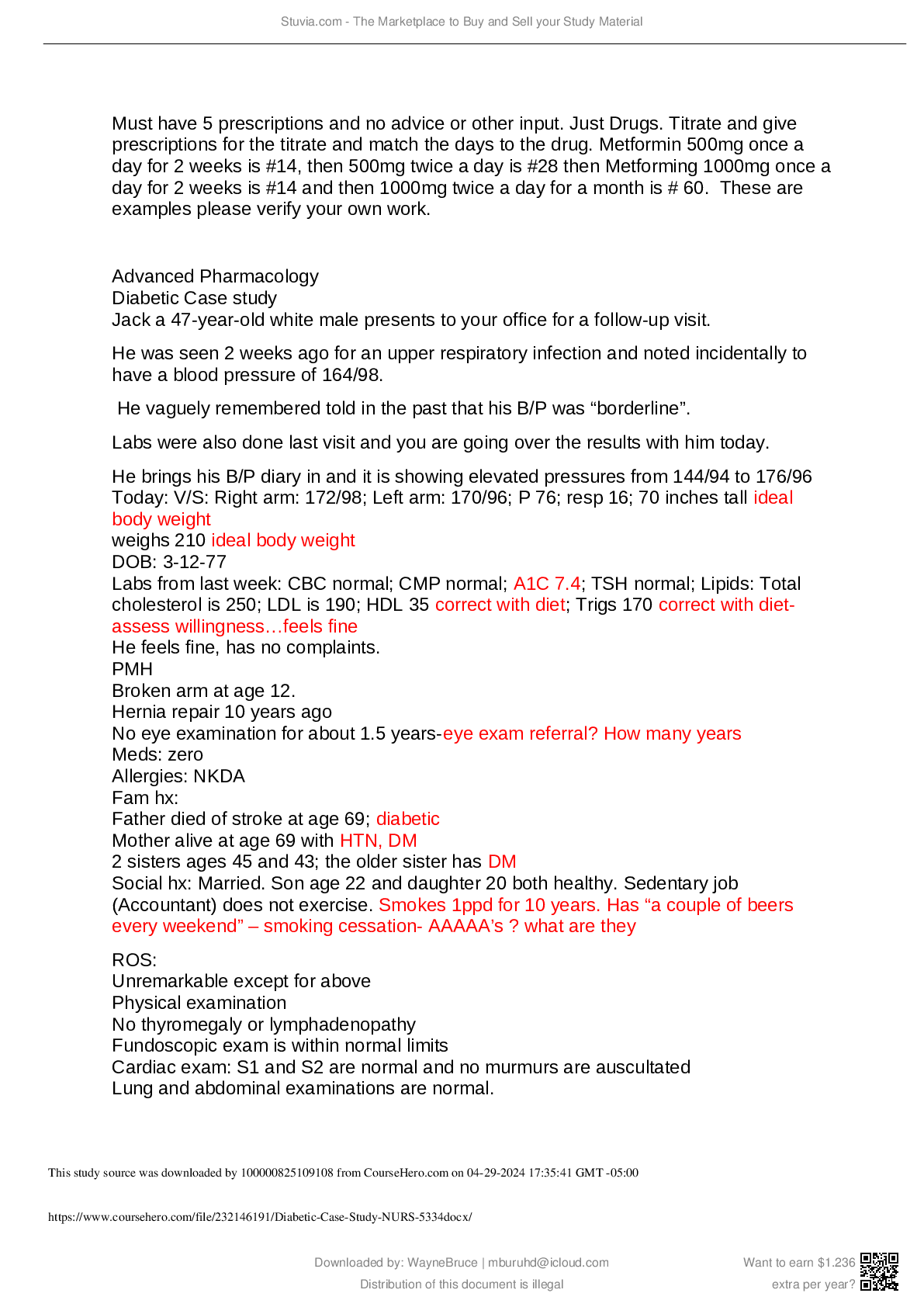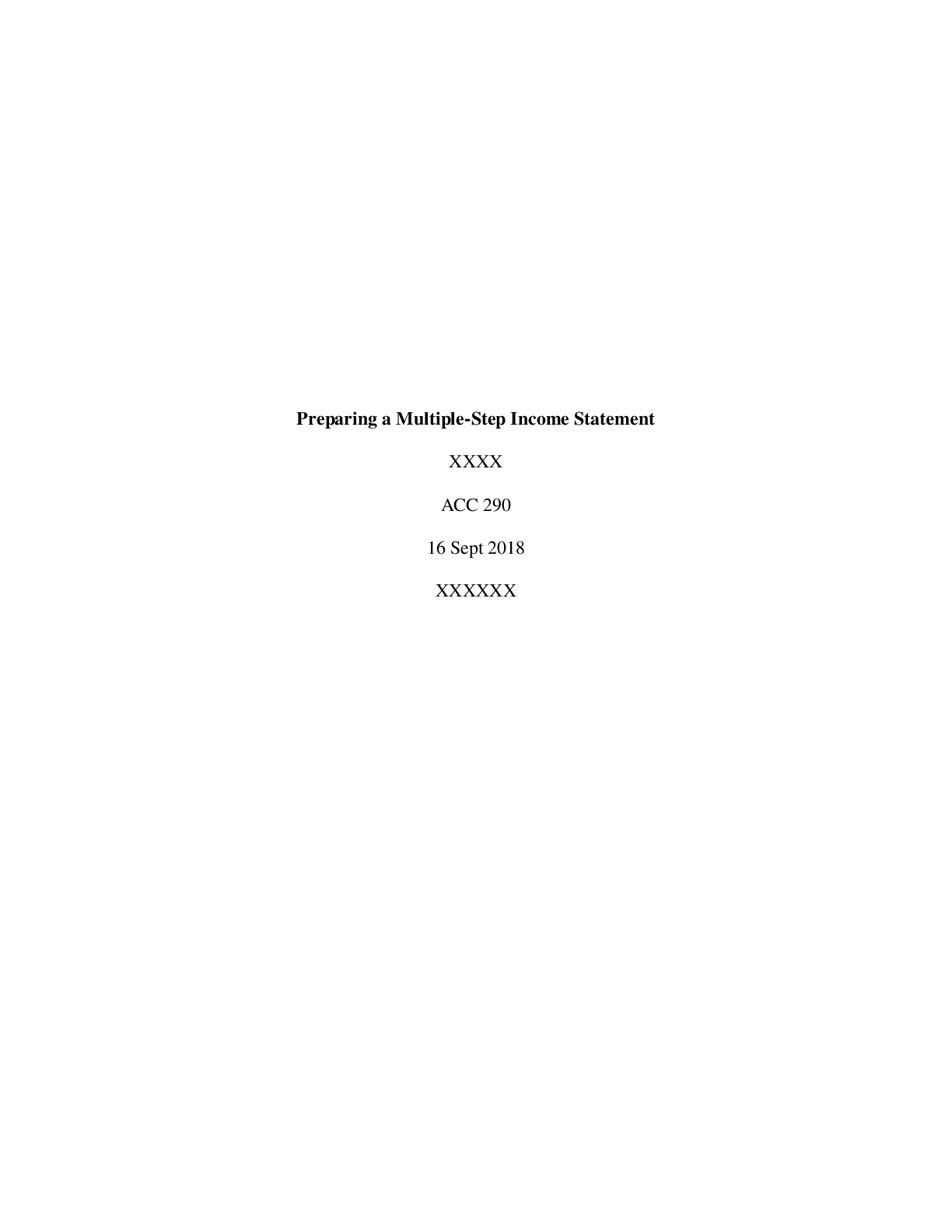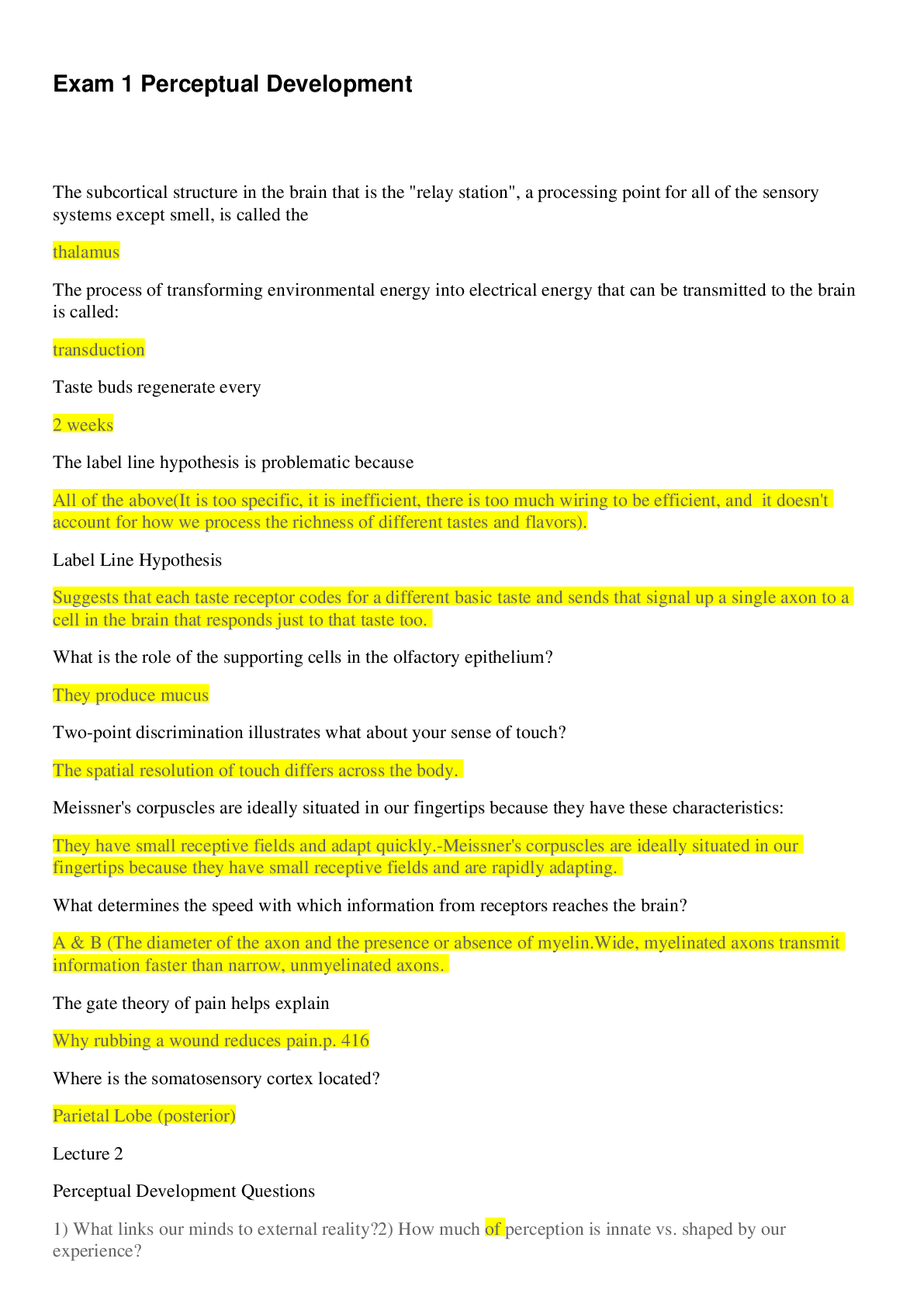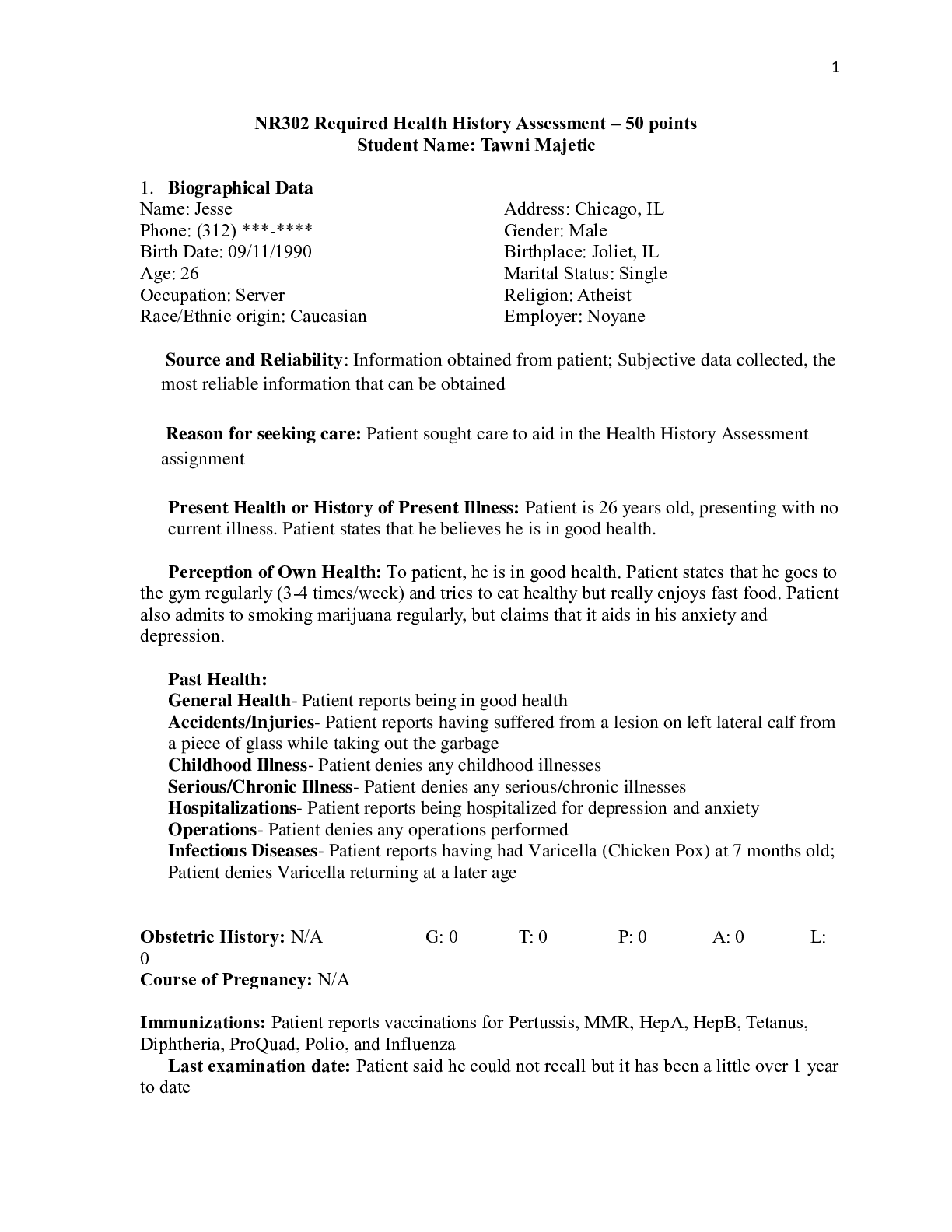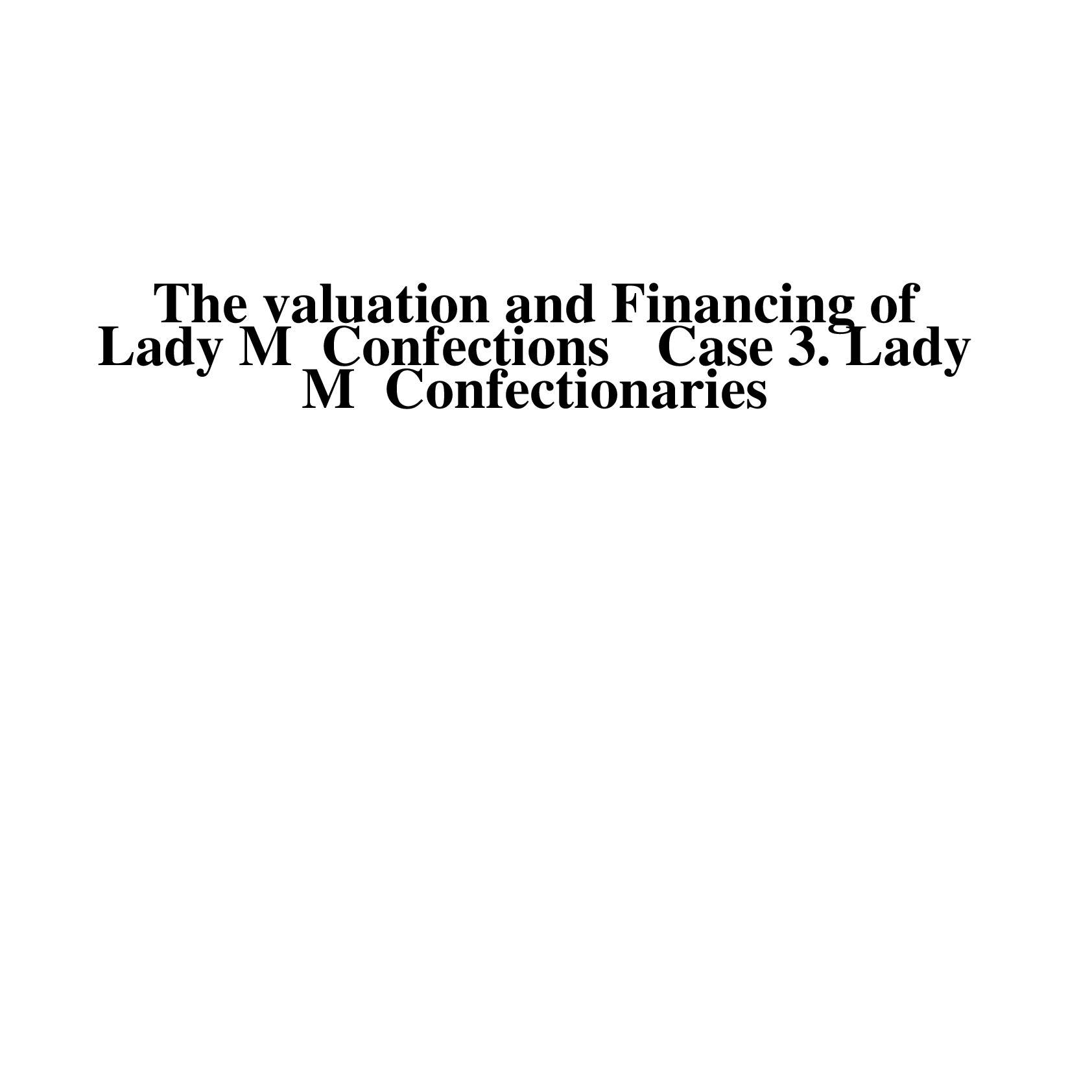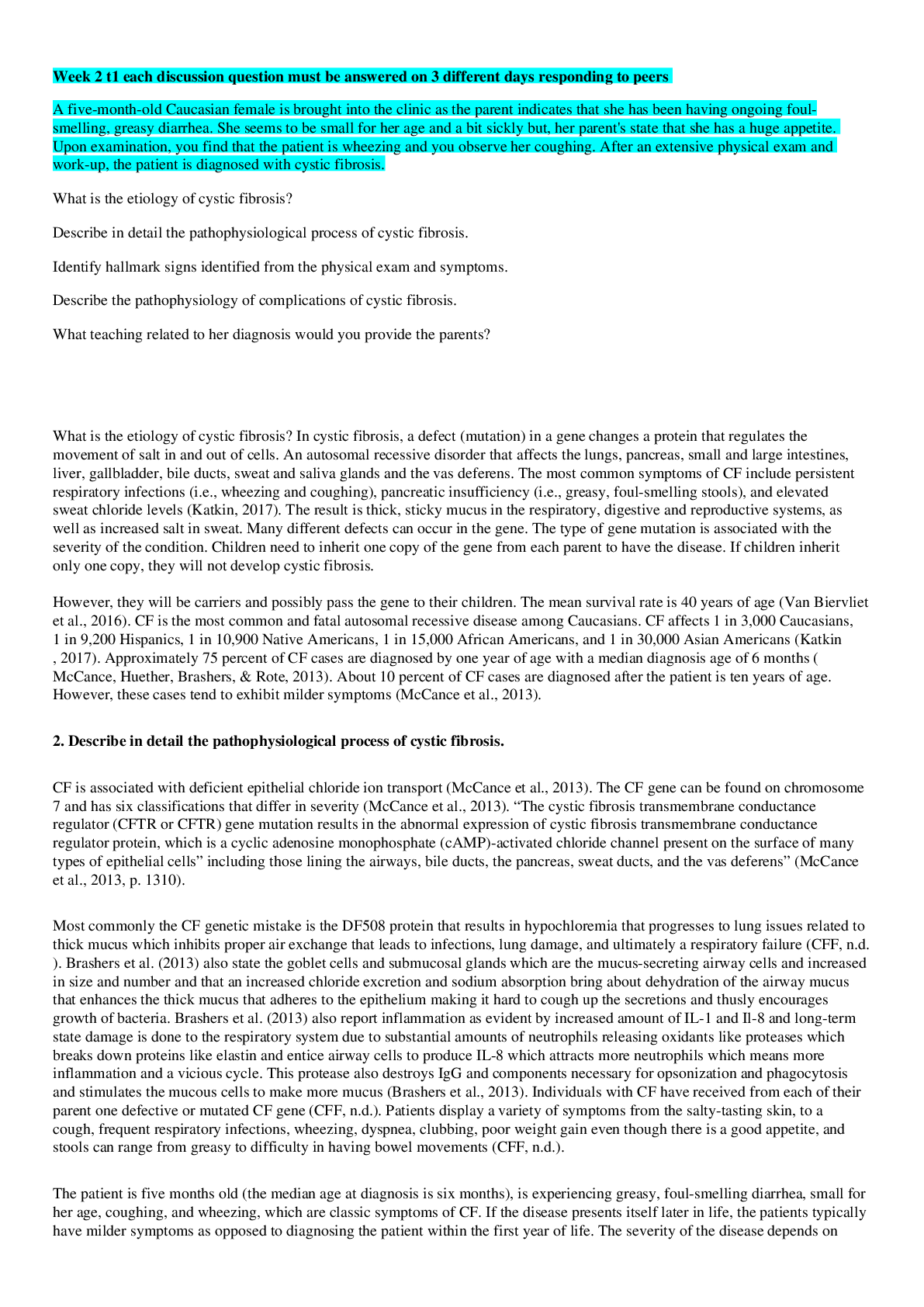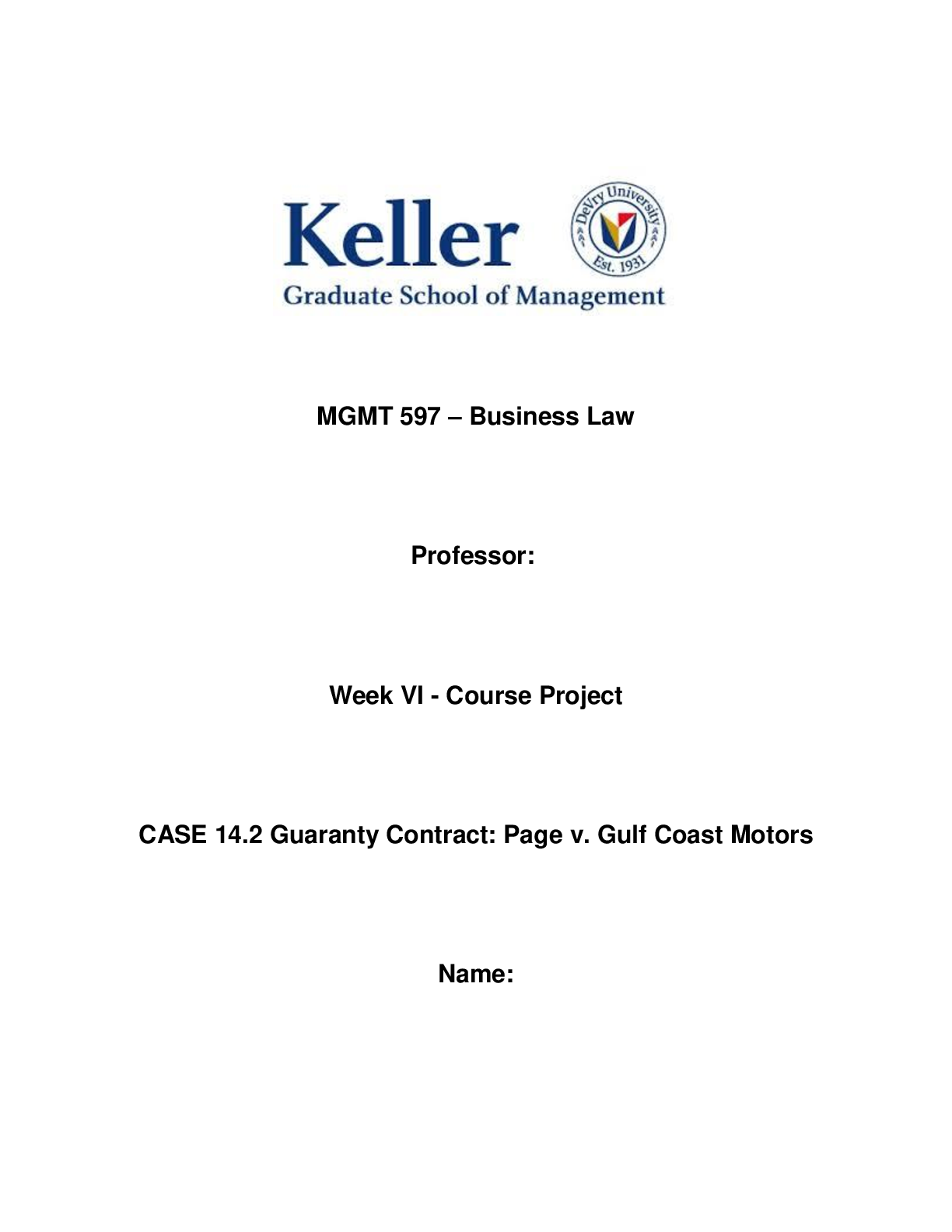Biology > CASE STUDY > cardiac_case_study (All)
cardiac_case_study
Document Content and Description Below
CASE STUDY PART 1 5. Explain why there is a difference in oxygen content of the blood on the two sides of the heart. According to uofmhealth.org..I found that the right side of your heart “receiv... es oxygen-poor blood from your veins and pumps it to your lungs”, and it picks up oxygen and gets rid of CO2. The left side of your heart “receives oxygen-rich blood from your lungs and pumps it through your arteries” to the rest of your body. PART 2 1. In your own words, define pulmonary circuit and systemic circuit. 2. Based on where they must pump blood to, which side of the heart do you think must pump harder, right or left? Explain your answer, and use anatomical evidence from the heart to support your argument. 3. Based on what you’ve learned so far, which side of the heart do you think more commonly weakens faster and fails first? Explain your answer. PART 3 1. If the left side of the heart fails, where in the circulation would blood back up? What about the right side? 2. Fill-in-the-blanks: Blood flow into the ___________________ (pulmonary circuit/systemic circuit) would __________ (increase/decrease) if the left side of the heart fails. Blood flow into the __P_________ (pulmonary circuit/systemic circuit) would ________________ (increase/decrease) if the right side of the heart fails. 3. Describe what would happen to pressure in the blood vessels where blood is backing up and pooling due to failure of the heart. a 4. Capillaries are by far the most common type of blood vessel in the body, and most capillaries are very porous— they leak fluid. Blood is mostly fluid. The swelling caused by fluids leaking from the blood into tissues is known as edema. Predict where in the body you would see edema related to left-sided heart failure, and where you would see edema related to right-sided heart failure. Be sure to explain your answers. 5. Describe why heart failure is so often referred to as “congestive” heart failure. 6. If the left side of the heart were failing, how would this change the pressure that the right side of the heart needed to generate to continue moving blood into the pulmonary circuit? 7. Left-sided heart failure is the primary cause of right-sided heart failure. Explain why this might be. 8. Feeling short of breath was one of the symptoms that led Josie to see her doctor originally. What do you think happens to oxygen levels in the blood when the left side of the heart fails? Explain your answer and discuss why Josie has been feeling short of breath. PART 4 1. How would a stenotic bicuspid valve affect the movement of blood from the left atrium to the left ventricle? 2. Which of the four chambers of the heart would have its workload increased the most by a stenotic bicuspid valve? Explain your answer. 3. Suppose it were the pulmonary semilunar valve that were stenotic. Which of the four chambers of the heart would have its workload increased the most and why? 4. Describe how a stenotic valve increases the risk of heart failure. 5. In Josie’s case congestive heart failure was caused by a stenotic bicuspid valve. However, other valve abnormalities can also cause heart failure. Define valve regurgitation and explain [Show More]
Last updated: 2 years ago
Preview 1 out of 4 pages

Buy this document to get the full access instantly
Instant Download Access after purchase
Buy NowInstant download
We Accept:

Reviews( 0 )
$7.00
Can't find what you want? Try our AI powered Search
Document information
Connected school, study & course
About the document
Uploaded On
Mar 16, 2021
Number of pages
4
Written in
Additional information
This document has been written for:
Uploaded
Mar 16, 2021
Downloads
0
Views
157


